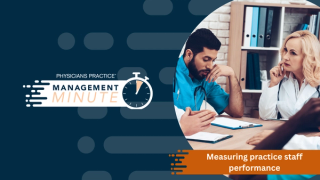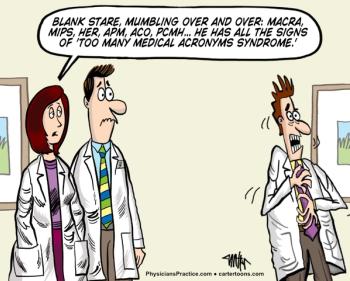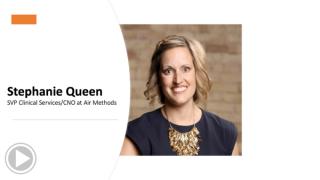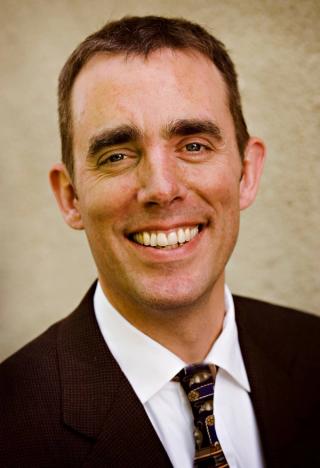
Performance
Latest News
Latest Videos
Podcasts
CME Content
More News

Physicians study how to heal patients. But they also need to learn how to grieve their loss.

As summer draws to a close, take stock of your career and make sure you are living the life you want.

Though traditional fee-for-service reimbursement is tied to volume, quality patient care can’t be increased by simply adding more appointments.

You need to keep tabs on how you’re viewed online, even if you’re not actively marketing for growth.

If you're getting paid in work RVUS, then you need to understand what you’re being paid for and how to calculate your compensation.

A look at the interconnectedness of reputation management, patient engagement and value-based care.

A strategic plan should be a living and breathing document. Here are 10 ways to ensure your plan is a road map to success.

Stay independent and profitable through the use of technology.

Here are some of the root causes and potential solutions for physician burnout.

Physicians are people, too. They need a way to relax after a hard day’s work. Twelve of them have found a way to unwind: in front of a crowd, by playing cover songs, and raising money for charitable causes.

One antidote to physician burnout is to focus on increasing happiness and work satisfaction.

To paraphrase Abraham Maslow, once our basic needs are met, the most important thing to people is being valued.

Reduce your risk of burnout by adding physician assistants to help you carry the load.

Don’t feel attacked by negative online reviews or strung out by false reviews. Learn what your legal options are, then fight back.

Actually, it’s not magic. It’s helping your employees feel connected to their work, understanding their contributions to the bigger picture, and nurturing their continued growth.

It’s great that you want to share the wealth with your nonphysician employees. Just make sure you draft a policy that also meets state and federal laws.

Owning a medical practice can be stressful. Here are four ways to help you take back your time and focus on what really matters.

Stanford Health Care learned how to create standardized work to improve patient access and quality outcomes in five areas. These lessons learned can be applied to improve patient outcomes, quality, and service regardless of medical practice size-or budget.

Four ways advances in EHR technology can help providers achieve mandated MIPS target performance to not only report but also improve patient care.

In this digital day and age, physicians need a model for governance and operations that enables them to quickly respond to changes in the market, test new ideas, and apply innovations more broadly to patients’ needs.

Collecting patient payments can be a challenge for medical practices that aren’t operating at maximum efficiency. Review some key performance indicators to identify and improve processes.

In order to foster high-performing teams, organizations need both coaches and mentors.

People with disabilities require special care considerations, but they offer clinicians opportunities to be better caregivers-and people.

The cure for docs who have seen too many government-induced healthcare acronyms? A heaping dose of alphabet soup.

Physicians share how they manage work-life balance while having a meaningful career in medicine.



















